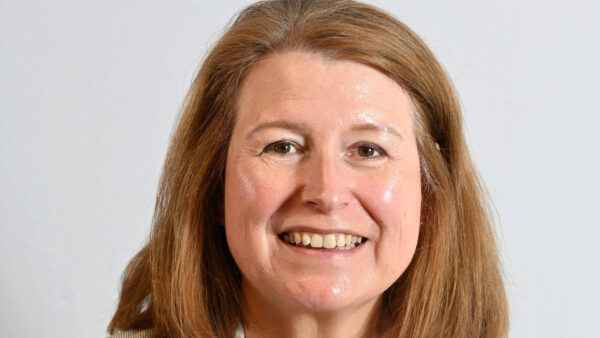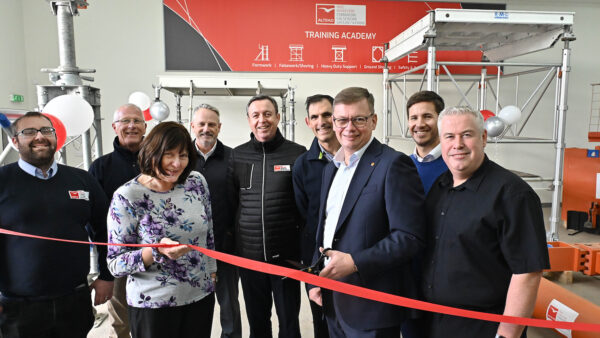
Paul Thorpe, one of the youngest CIOB members to be awarded fellowship status, tells CM about the project that formed part of his application.
The application process is extensive, during which Thorpe was required to submit a reflective account of a high-level project he has recently led, demonstrating not only his competence, but best practice in leading people and projects. The project he selected was the Construction Risk Library for the Health and Safety Executive (HSE).
Tell us about your work on the HSE’s Construction Risk Library Project?
I ran a 12-month project from June 2023 to June 2024, in collaboration with the Health and Safety Executive as part of the Discovering Safety Programme – a five-year initiative funded by the Lloyd’s Register Foundation.
The project was to lead and finalise the Construction Risk Library (CRL) in the third and final phase of its development. The objective of the CRL was to develop a classification schema for capturing construction related risk scenarios, along with providing a selection of possible treatments /mitigations against each risk scenario in a library of typical risk scenarios and industry best practice preventive measures.
The application of the CRL on a project would act as a leading indicator for applying the general principles of prevention. The CRL was designed to serve as a comprehensive resource that enhances risk management across the construction sector.
What does it mean to be awarded CIOB fellowship?
The fellowship standards are incredibly high, and it is humbling to have been awarded such an honour, one which I have admired in others for some time. It is a privilege to be part of a community raising the bar for building excellence.
You have worked in many regions around the world. When it comes to digital adoption, what regional differences stand out the most?
The UK has had a strong emphasis on regulations and standards, driving a focused, standardised approach in both private and public sector projects. North America, however, is very much market-driven, with the private sector pushing innovation.
I am also witnessing that in the Middle East they are pushing for digital adoption from the top down through the large number of mega projects – this approach is indeed working and transforming region at an accelerated rate.
East and South East Asia are adopting digital at an equally rapid rate. I enjoyed witnessing this over a number of years living in Hong Kong.
When talking about digital strategy, you have a unique way of developing it. Can you tell us more?
Keeping it simple – which is what a lot of people say, but there are a lot of acronyms and terms that get thrown about. I believe in making it easy for people to understand and get on board with, which increases the chances of success with digital adoption.
It is also important to make sure there is a strong return on investment to implementing digital processes and ensuring this aligns with how the project is being procured and delivered.
Read about the CRL here: www.discoveringsafety.com/works/construction-risk-library-project.









